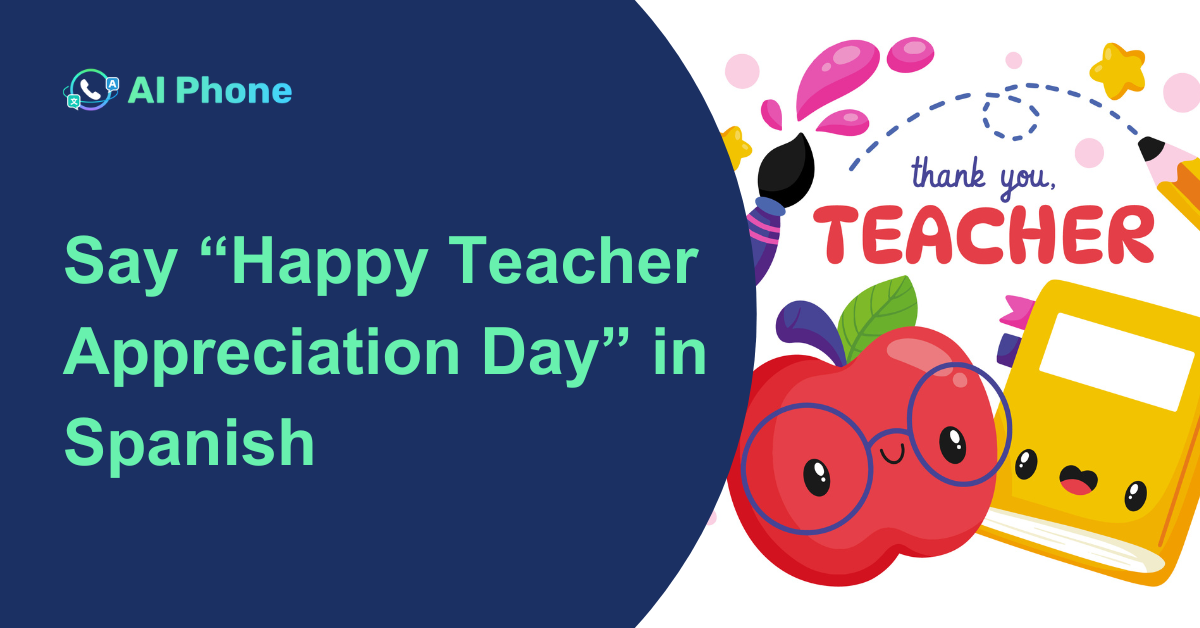Ever wondered how “Canadian” your accent really sounds? You know, those tiny quirks in your vowels, the way you stretch certain words, or how your “sorry” might make someone pause? Whether you grew up in Vancouver, Toronto, or Halifax—or even somewhere in between—your accent tells a story. And honestly, it’s more fun to explore it than you might think.
So here’s a little quiz to help you discover your Canadian dialect personality. No pressure, no judgment—just curiosity.
Quick Overview: Canada’s Regional Accents
Before we start, a tiny crash course: Canada isn’t uniform when it comes to speech. Here’s a snapshot:
- Western Canada (BC, Alberta, Saskatchewan) – Slightly Americanized vowels, sometimes more laid-back pronunciation.
- Ontario – The “neutral” Canadian accent you hear on TV. Polished, even, but still distinctly Canadian.
- Atlantic Canada (Nova Scotia, Newfoundland) – Full of character, older vocabulary, playful rhythms.
- Quebec (English speakers) – French-influenced pronunciation, unique intonation patterns.
Each region has its own flavor, so even native Canadians might get asked, “Where are you from?” more than once.
🎯 Quick Quiz: How Well Do You Know Canadian Dialects?
Let’s test your ear for Canadian expressions! Choose the best meaning for each phrase below. (Answers at the end!)
🗣️ 1. How do you pronounce “about”?
- A) “aboot” (classic Canadian stereotype)
- B) “about” (more Americanized)
- C) Somewhere in between
Hint: This vowel shift is a hallmark of Canadian Raising, prevalent in regions like Ontario and the Prairies.
🍩 2. You’re grabbing a coffee and donut. Where are you going?
- A) Tim Hortons
- B) Timmies
- C) Dunkin’ Donuts
Fun Fact: “Timmies” is a beloved nickname for Tim Hortons, especially in Ontario.
🧢 3. What do you call a knit winter hat?
- A) Toque
- B) Tuque
- C) Beanie
Note: “Toque” is the standard term in most of Canada, while “tuque” is more common in Quebec.
🏒 4. Which word describes a hockey game played with a soccer ball?
- A) Soccer baseball
- B) Baseball soccer
- C) Kickball
Trivia: This game is known as “soccer baseball” in parts of Canada, blending elements of soccer and baseball.
🛒 5. What do you call a small convenience store?
- A) Convenience store
- B) Corner store
- C) Depanneur
Regional Insight: “Depanneur” is a French term widely used in Quebec for a convenience store.
🧊 6. How do you pronounce “ice cream”?
- A) “I-scream”
- B) “Ice-cream”
- C) “I-screem”
Observation: The pronunciation can vary, with some regions favoring a more elongated “ice” sound.
🧥 7. You’re heading out in the cold. What are you wearing?
- A) Jacket
- B) Coat
- C) Parka
Climate Note: In colder regions like the Prairies, “parka” is commonly used to describe a heavy winter coat.
🧠 8. What do you call the appliance that grinds food waste in the sink?
- A) Garbage disposal
- B) Garburator
- C) Waste grinder
Local Flavor: “Garburator” is a term popular in Ontario for a garbage disposal unit.
🏠 9. You’re moving into a small apartment. What do you call it?
- A) Studio
- B) Bachelor apartment
- C) Micro-condo
Urban Trend: “Micro-condo” is a modern term reflecting compact living spaces in cities like Toronto.
🧾 10. How do you refer to your electricity bill?
- A) Hydro bill
- B) Electric bill
- C) Light bill
Regional Usage: In Ontario, “hydro bill” is commonly used, even if the provider isn’t Hydro One.
📍 Results: Where’s Your Accent From?
- Mostly C’s: You could be from Quebec, where French terms like “depanneur” and unique pronunciations are common.
- Mostly A’s: You might hail from Ontario or the Prairies, where Canadian Raising and terms like “garburator” are prevalent.
- Mostly B’s: Your speech aligns with Western Canada, possibly British Columbia or Alberta, with influences from American English.
Fun Facts About Your Accent
Did you know Canadian accents are influenced by French, British, American, and even Indigenous languages? It explains why someone from Montreal might sound slightly different than someone from Victoria, even if they both say “sorry” every other sentence.
Your accent is unique, part of your identity. And yes, some words or pronunciations might trip up friends—or strangers—sometimes. But that’s just part of the fun.
When Accents Gets You Into Trouble
Let’s be real. Accents are charming, but they can sometimes lead to misunderstandings, especially in professional calls, video chats, or casual conversations with new people. You might find yourself repeating, spelling things out, or cringing when someone mishears a word, or cannot under others in another accent.
Here’s the good news: you don’t have to struggle. AI Phone Translator is designed for exactly this kind of scenario.
- It recognizes 150+ languages and accents, including Canadian regional variations.
- Works during phone calls, video calls, and face-to-face conversations.
- Provides real-time translations, live captions, and adaptive speech recognition so your accent is understood without extra effort.
Basically, it lets you focus on the conversation, not whether your “about” sounds right.

